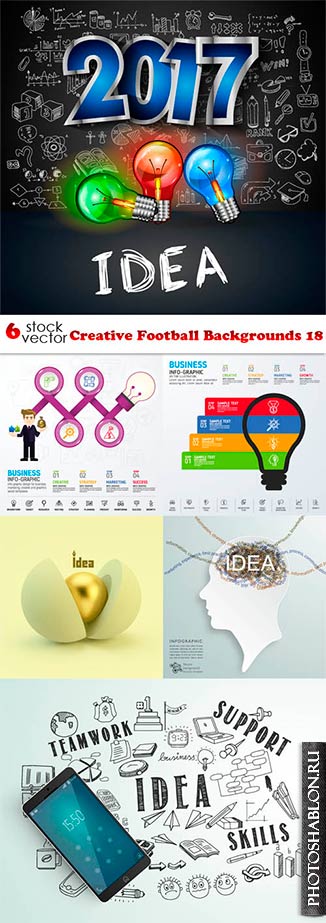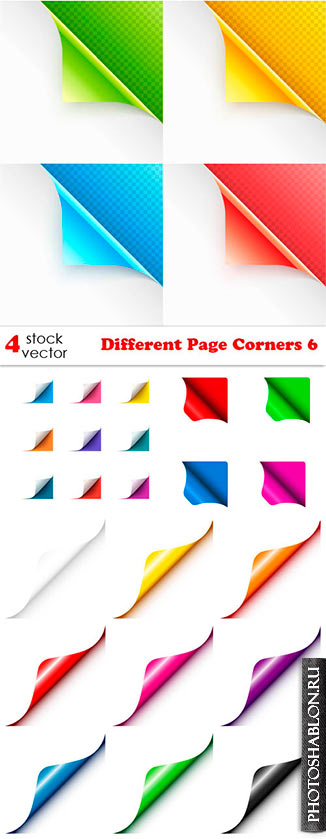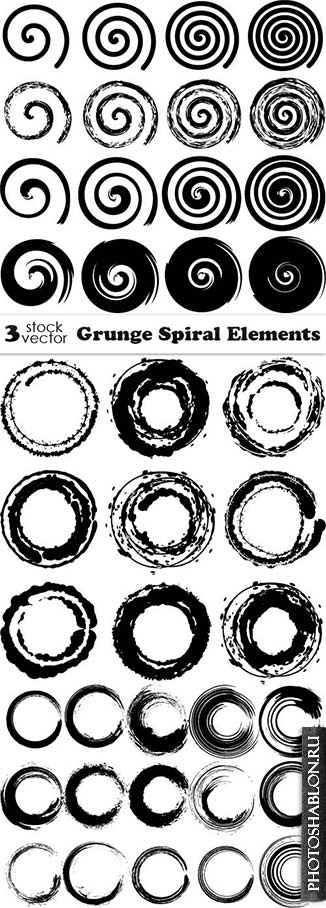
Vectors - Business Ideas Backgrounds 29
6 AI | +TIFF Preview | 89 MB
|

Vectors - Seamless Floral Borders 27
5 AI | +TIFF Preview | 64 MB
|

Vectors - Colorful Abstract Waves 2
3 AI | +TIFF Preview | 49 MB
|

Vectors - Puzzle Infographics Backgrounds 17
6 AI | +TIFF Preview | 80 MB
|

Vectors - Different Shiny Flowers Set 10
5 AI | +TIFF Preview | 244.39 Mb
|

Vectors - Different Page Corners 6
5 AI | +TIFF Preview | 58.01 Mb
|

Vectors - Grunge Spiral Elements
3 AI | +TIFF Preview | 35 MB
|

Vectors - T-shirt Design Set 19
6 AI | +TIFF Preview | 92.88 Mb
|

Vectors - Floral Ornaments Set 12
5 AI | +TIFF Preview | 61 MB
|

Vectors - Online Shopping Infographics 3
8 AI | +TIFF Preview | 79.96 Mb
|
|
Векторная графика, в отличие от растровой, строится не на основе сетки пикселей, а на математическом описании геометрических объектов - линий, кривых, многоугольников. Это позволяет векторным изображениям масштабироваться до бесконечности без потери качества, оставаясь четкими и гладкими даже при многократном увеличении. Каждый элемент в векторном изображении - это независимый объект, который можно редактировать отдельно, изменяя его цвет, форму, размер, положение, и т.д. Это делает векторную графику идеальным выбором для создания логотипов, иллюстраций, шрифтов, и других изображений, где важна четкость и масштабируемость.
Одним из ключевых преимуществ векторной графики является её компактность. Поскольку векторные изображения описываются математическими формулами, а не информацией о каждом пикселе, файлы обычно значительно меньше по размеру, чем их растровые аналоги. Это особенно важно для веб-графики и анимации, где размер файла напрямую влияет на скорость загрузки страницы и производительность. Кроме того, векторные файлы легче редактировать и обновлять, поскольку изменение одного объекта не требует повторной обработки всего изображения, как в случае с растровой графикой.












